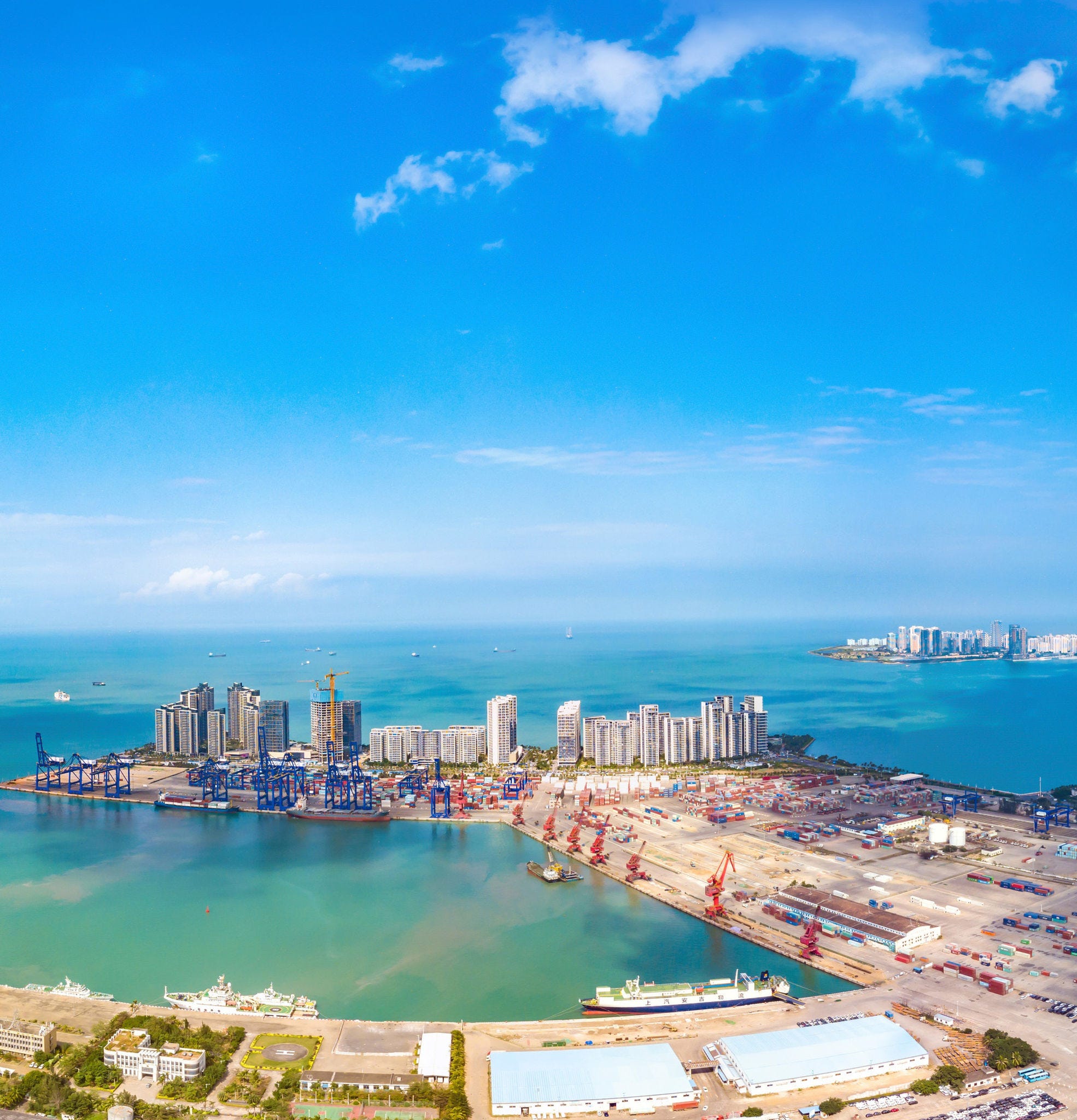Hydrogen and carbon capture, utilisation, and storage (CCUS) are set to play important and complementary roles in meeting People’s Republic of China’s (hereafter, “China”) pledge to peak carbon dioxide emissions before 2030 and achieve carbon neutrality before 2060. Hydrogen could contribute to China’s energy system decarbonisation strategy, such as through the use as a fuel and feedstock in industrial processes; in fuel cell electric transport, and for the production of synthetic hydrocarbon fuels for shipping and aviation. The analysis of scenarios in this report suggests that while hydrogen from renewable power electrolysis could meet the majority of hydrogen demand by 2060, equipping existing hydrogen production facilities with CCUS could be a complementary strategy to reduce emissions and scale-up low-emission hydrogen supply.
This report was produced in collaboration with the Administrative Centre for China’s Agenda 21 (ACCA21). It explores today’s hydrogen and CCUS status in China, and the potential evolution of hydrogen demand in various sectors of the Chinese economy through 2060, in light of scenarios developed independently by the IEA and the China Hydrogen Alliance. The report also provides a comparative assessment of the economic performance and life cycle emissions of different hydrogen production routes. Finally, the report discusses potential synergies and regional opportunities in deploying CCUS and hydrogen, and identifies financing mechanisms and supporting policies required to enable the deployment of hydrogen production with CCUS in China.







